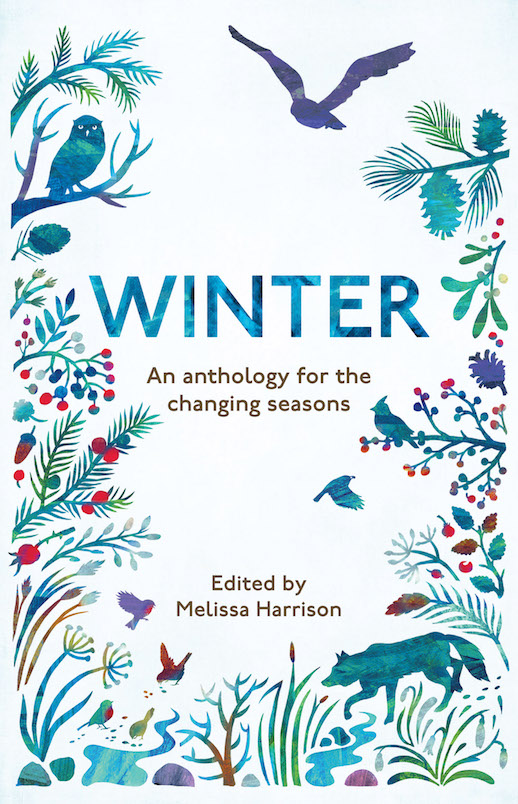
Words: Janet Willoner
In the west the winter sky is streaked with cirrus clouds that look as if they have been combed across the heavens by a giant hand. A weak sun filters through as it sinks towards the horizon, turning them a gentle peach. In the east the sky is clear, a cold cerulean blue fading to creamy white as it nears the earth. Any warmth there may have been in the faint sunshine rapidly vanishes as evening approaches and a deep chill settles in the air. I thrust my hands in my pockets and stamp my feet to ward off the cold. A noisy bunch of rooks fly overhead, checking out potential roosting sights. They abandon a nearby oak tree in favour of a distant wood and quiet settles over the sleeping landscape.
I set off briskly to my vantage point in the disused quarry workings where the River Ure used to flow. Now that the valuable gravel has been removed, the land has flooded and forms part of a nature reserve. I hadn’t expected it to be this cold so early and am wondering about the wisdom of abandoning the fireside in order to pursue my quest. I keep stopping for a few moments to scan the sky with binoculars, but every time it is empty. At my destination I check again. Nothing. I start to doubt myself and wonder if I’m wasting my time. It’s getting colder and the sun has just dropped out of sight.
And then, there they are. Only a few at first, flying just above the treetops in a group, tiny black specks against the sky. They fly from left to right and back left again, joining up with another, larger group. The combined force seems to act as if it were a magnet, drawing more and more birds into the throng. They seem to appear out of nowhere, birds coming from all directions. They keep coming, one group after another. Where have they been hiding all day? How come I haven’t noticed them earlier? I wonder if they are celebrating meeting up again after a day’s foraging, as they chase each other and share the day’s news. Within twenty minutes, I estimate there must be about thirty thousand of them.
They move individually yet as one, swooping and diving with such grace and harmony it’s like watching liquid pour across the sky. Sometimes they space themselves out, almost disappearing from view, then they re-form in a tight gathering. The fluid shapes of the flocks are always changing, drifting from one configuration to another, and then on to another in a neverending dance. They flow like a shoal of fish in the currents of the ocean or perhaps as smoke rising from a bonfire.
A new leader periodically arises from within the cloud of birds and a group splits off, swoops away, turns around and re-joins the main flock. The birds then turn back on themselves forming a darker patch where there is a double layer of individuals. The dance continues as the cloud explodes and coalesces, creating ever-changing patterns. I have not seen a single bird out of place and there have been no mid-air collisions, so I can only conclude that they are following an invisible master choreographer.
Now they are flying over me. There are birds to my right, to my left, in front, behind and above me – hundreds of them. They are flying in complete silence, the only sound being that of all those feathered wings moving through the air. I hold my breath. The world stands still. Suddenly, I am no longer the observer of a spectacle but have been invited to become an integral part of it.
Continuing their aerial show, the birds fly on, twisting and twirling, weaving and wafting. The colours have now drained from the sky as dusk settles over us. I notice the birds are collecting in a tighter flock and quite suddenly a few hundred of them pour out of the sky like sugar grains flowing off a teaspoon. They have said their ‘good nights’ and are ready to roost in the reeds below. The remaining birds continue to fly in a cloud, spilling out a thousand or so, here and there, until they all reach their roost and the sky is empty once again.
I am cold – very cold. I can’t feel my hands or feet. But it doesn’t matter. I’ll not forget this experience as long as I live. The spectacle has been mesmerising, awe-inspiring and humbling.
How is it that a load of starlings can move together with such accord in complete harmony and in such numbers? What music are they dancing to that humans no longer hear?
*
© Janet Willoner, from Winter: An Anthology for the Changing Seasons, edited by Melissa Harrison and published in conjunction with the Wildlife Trusts by Elliott & Thompson. Out now in paperback original (available in the Caught by the River shop, priced £12.99) and ebook.
Read Mel’s commentary on the series here.